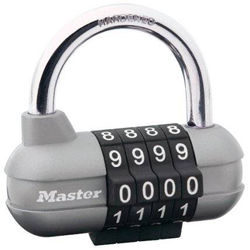Codeforces Round #301 (Div. 2) A、C
来源:互联网 发布:纳什均衡 知乎 编辑:程序博客网 时间:2024/04/29 07:40
0 0
- Codeforces Round #301 (Div. 2) A、C
- Codeforces Round #219 (Div. 2) A-C
- Codeforces Round #220 (Div. 2)A-C
- Codeforces Round #241 (Div. 2) A~C
- Codeforces Round #244 (Div. 2) A~C
- Codeforces Round #260 (Div. 2) A ~ C
- Codeforces Round #364 (Div. 2)【A,C】
- Codeforces Round #365 (Div. 2) A~C
- Codeforces Round #368 (Div. 2) A C
- Codeforces Round #393 (Div. 2) A---C
- Codeforces Round #452 (Div. 2) A-C
- Codeforces Round #453 (Div. 2) A-C
- Codeforces Round #301 (Div. 2) -- (A,B,C,D)
- Codeforces Round #301 (Div. 2)A B C
- Codeforces Round #230 (Div. 2) C / (Div. 1) A
- Codeforces Round #301 C (Div. 2) 【dfs】
- Codeforces Beta Round #95 (Div. 2) A B C E
- 【CodeForce】Codeforces Round #140 (Div. 2) A B C
- CUDA的BLAS数学库
- JDK8新特性之Lambda表达式
- POJ 3041 Asteroids 最小顶点覆盖
- oracle表空间总大小 剩余大小
- 成大事者必备的九种能力、九种手段、九种心态
- Codeforces Round #301 (Div. 2) A、C
- Learning how to learn (Part 2)
- 递归的理解 腾讯笔试题 二叉树
- Android常用实例—Alert Dialog的使用
- iOS证书及ipa包重签名探究
- 字节序(byte order)和位序(bit order)
- python字符串的特定操作
- relHat6.0下安装配置Hadoop-2.5.2集群
- 山东科技大学第二届ACM校赛解题报告








